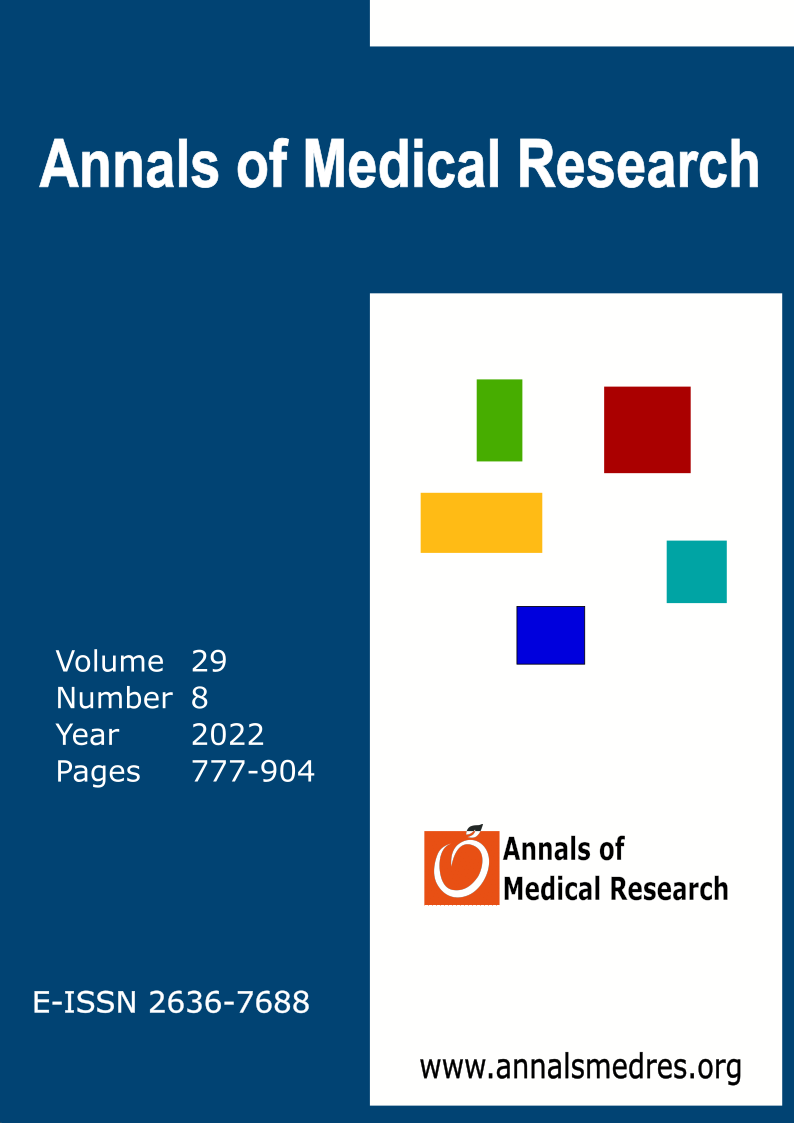Relationship between plasma osmolality and neutrophil/lymphocyte ratio in heart failure with reduced ejection fraction
Keywords:
Heart failure, Osmolality, Inflammation, Neutrophil-to-lymphocyte ratioAbstract
Aim: Heart failure (HF), a progressive disease, is accompanied by chronic inflammation and changes in osmolality. The neutrophil-to-lymphocyte ratio (NLR) demonstrates a systemic inflammatory response in most diseases; however, the relationship between plasma osmolality and the systemic inflammatory response in HF patients is not yet clear. Therefore, we aimed to investigate the possible associations of NLR with plasma osmolality levels in patients with HF.
Materials and Methods: The present study included 189 consecutive patients with chronic HF with an ejection fraction (EF) of <40%. They were classified into four groups based on admission plasma osmolality quartiles: hypo-osmolar (first quartile), normo-hypo-osmolar (second quartile), normo-hyperosmolar (third quartile), and hyperosmolar (fourth quartile). We evaluated the relationship between NLR, plasma osmolality, type-B natriuretic peptide (BNP), and the New York Heart Association (NYHA) functional class.
Results: The hyperosmolar group had an increased NLR (p = 0.007). The presence of NYHA class 3–4 functional capacity, high-sensitivity C-reactive protein, and high osmolality were independent predictors of increased NLR. In correlation analysis, osmolality was significantly positively correlated with NLR (r = 0.201, p = 0.011).
Conclusion: Higher NLR values may be associated with increased plasma osmolality, which may indicate an increased inflammatory status in the HF phenomenon.
Downloads
Published
Issue
Section
License
Copyright (c) 2022 The author(s)

This work is licensed under a Creative Commons Attribution-NonCommercial-NoDerivatives 4.0 International License.
CC Attribution-NonCommercial-NoDerivatives 4.0






